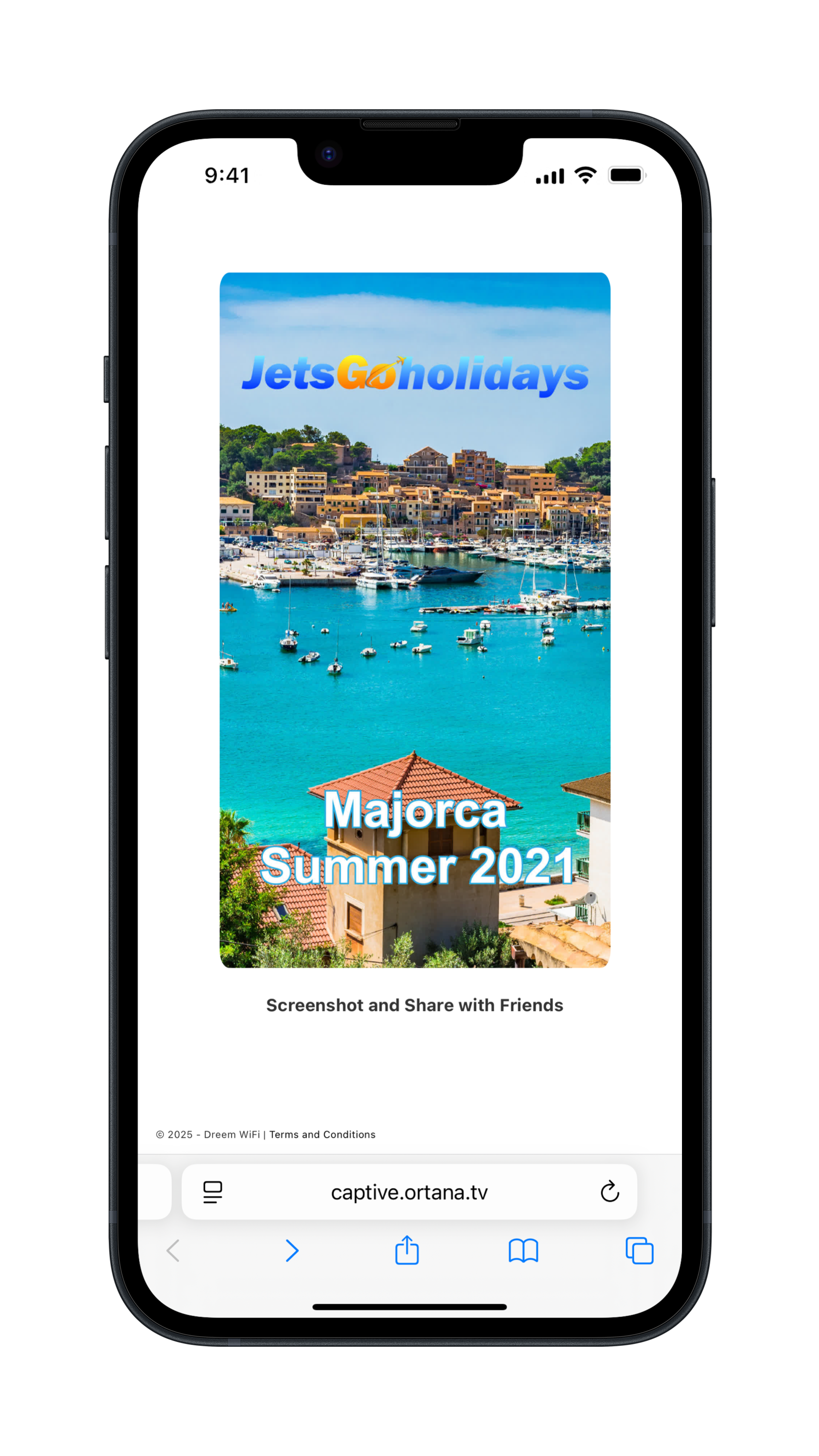How does it work?
Captive Portal
With a few simple settings, you configure your firewall to make use of the Ortana captive portal.
Campaigns
Using our Admin portal, you can upload image and video content - creating "cards" that form part of a campaign.
Shuffle the Deck
In real time, Cubix looks at such data as the access point the user is on, time of day, device type, weather and much more - and presents the most engaging "cards" for that user.




